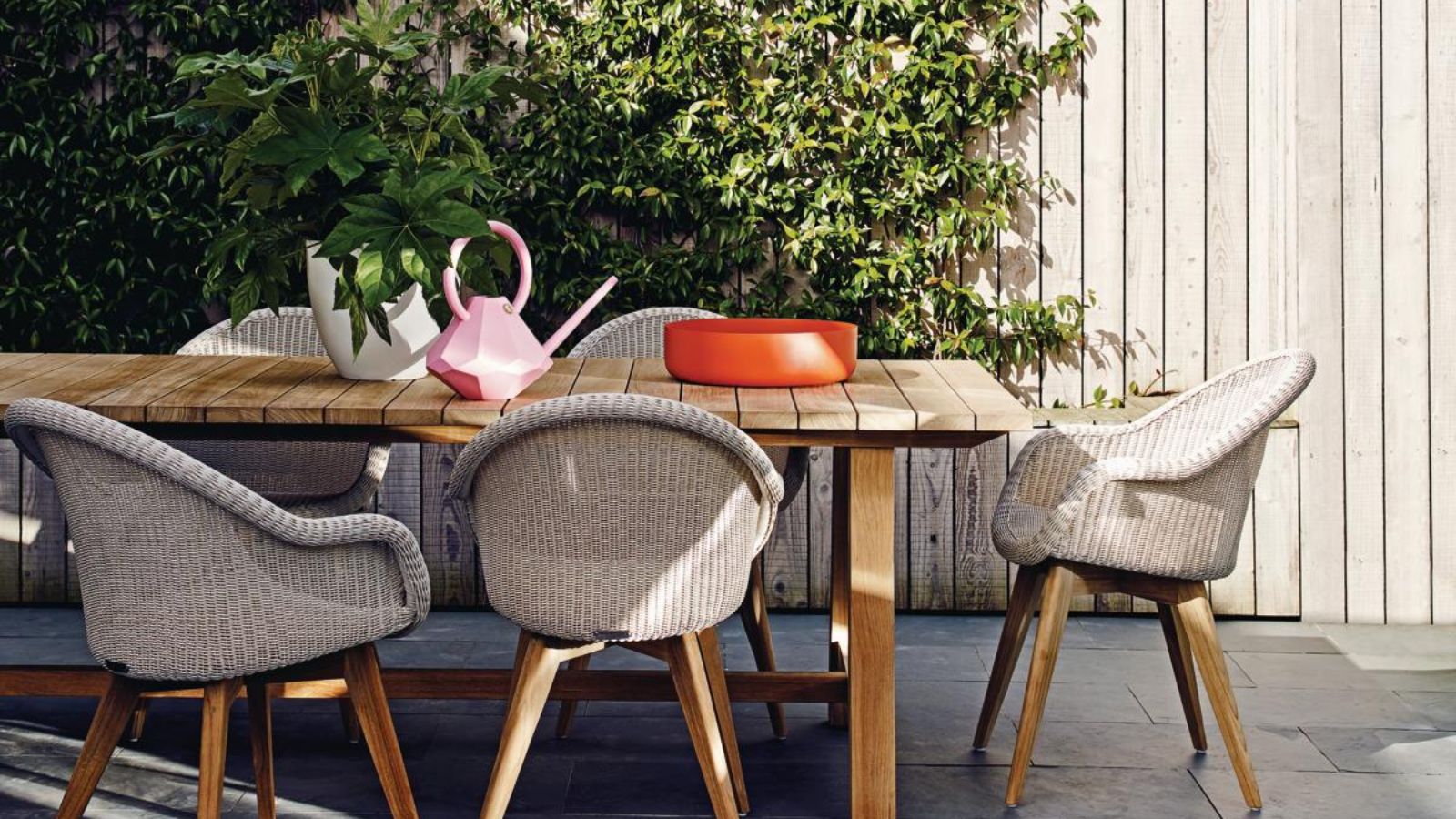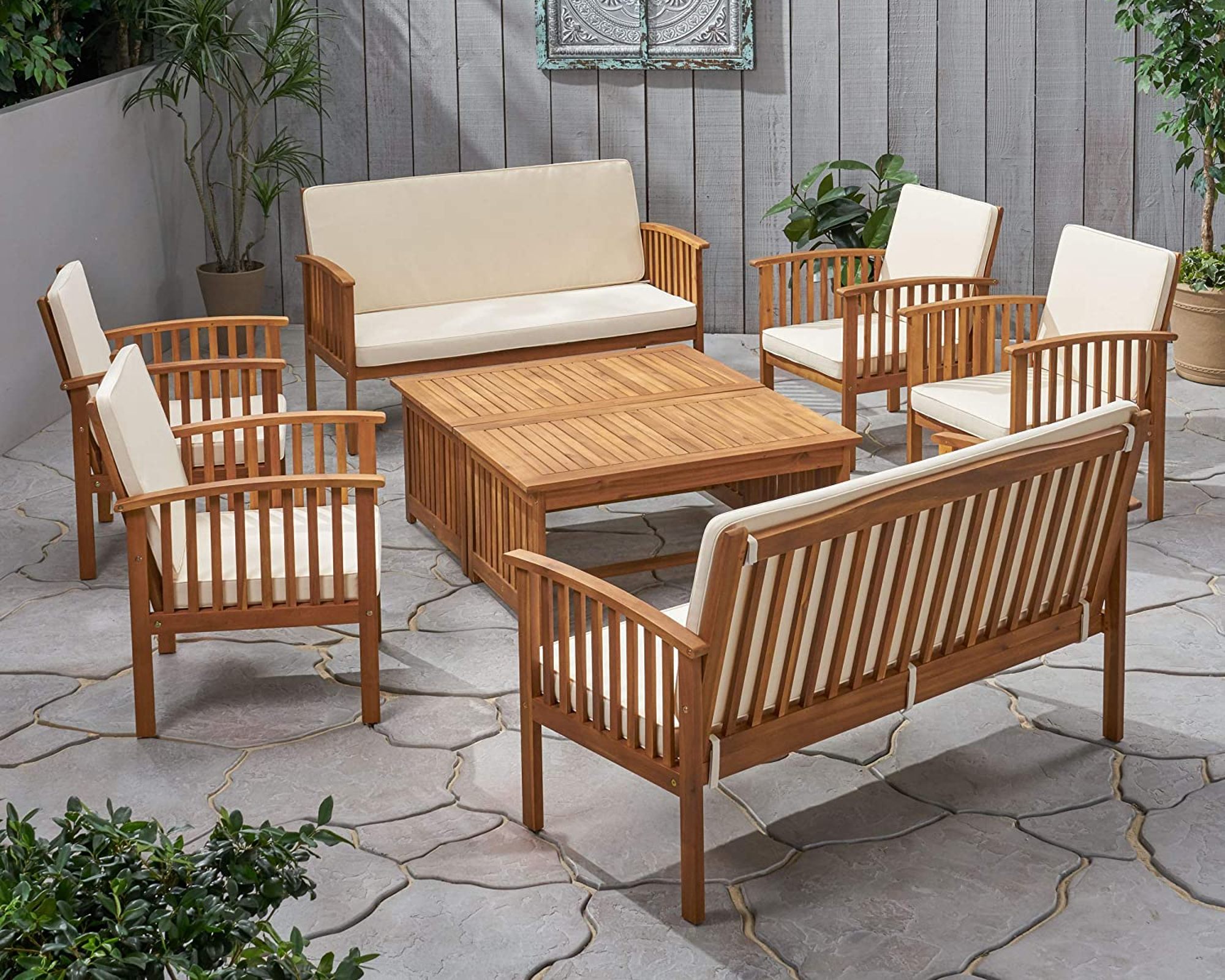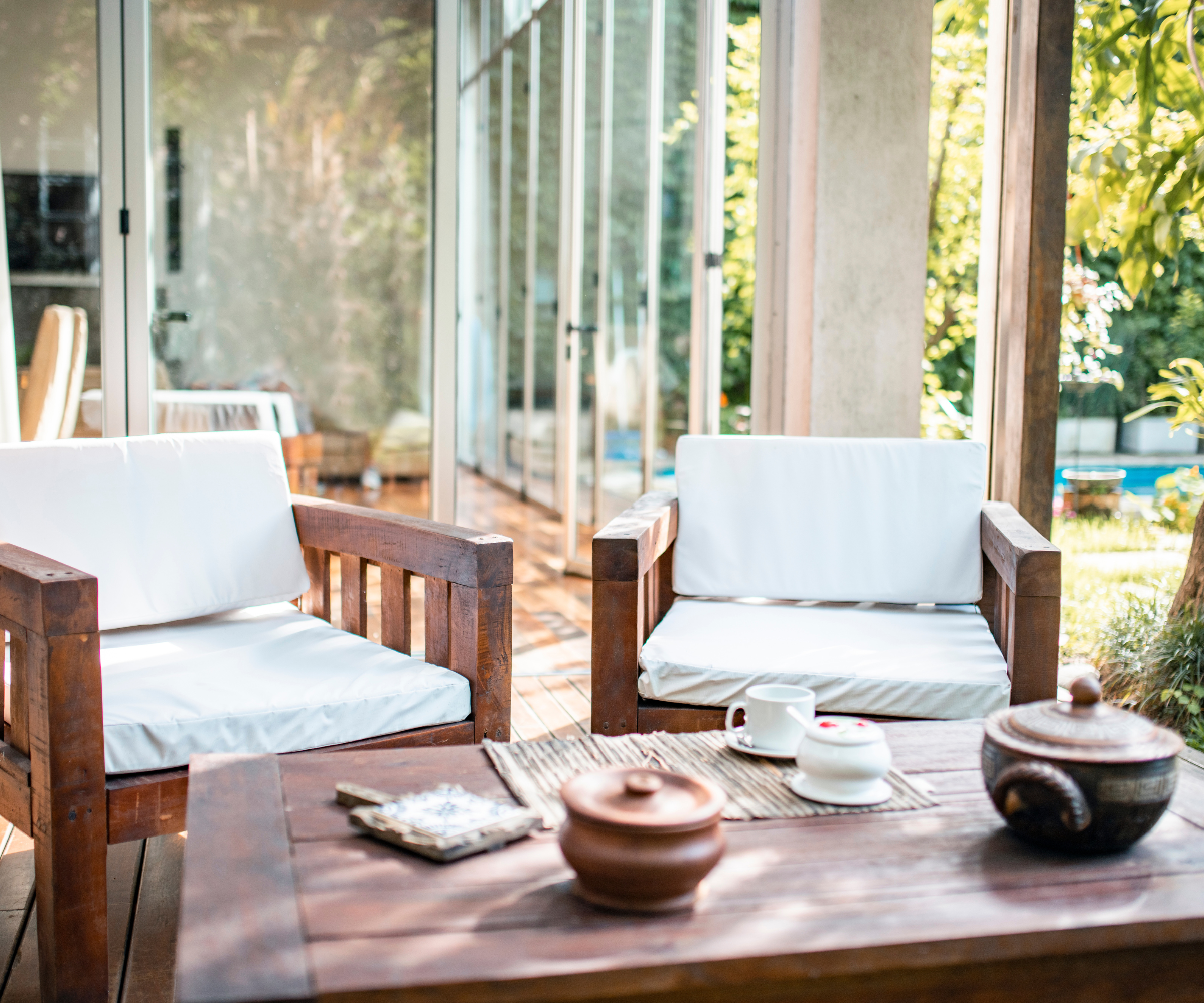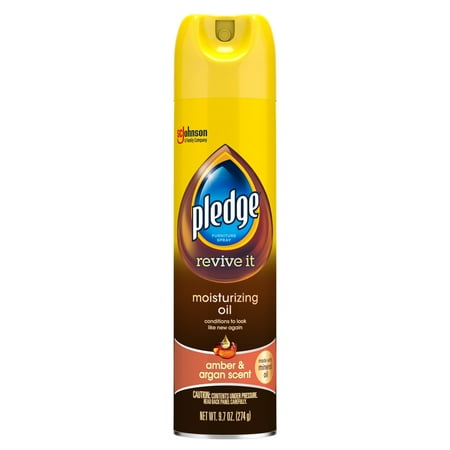5 satisfying steps to clean teak outdoor furniture – for mid-summer refreshes and seasonal storage
Our expert-approved guide to cleaning and storing away after summer


With fall now in full swing, we spend less and less time sitting out in our yards, and more time getting cozy indoors. But, before winter fully sets in, it's important to clean and care for outdoor furniture ahead of storing it away for next summer.
Teak is an expensive material, known for its durability as well as its beauty, and with the correct maintenance, it can last for in your yard for years.
So, we spoke to professional cleaners for their cleaning tips on getting your teak furniture clean and ready for storage – to ensure a spotless shine when summer arrives.
How to clean teak outdoor furniture in 5 steps
Once you're ready to clean your furniture, you will need:
- A soft-bristled brush: such as the JSCARLIFE Deep Scrub Cleaning Brush available at Amazon, which cleans effectively without scratching.
- Wood cleaner: such as the Murphy Oil Soap Wood Cleaner available at Amazon.
- White vinegar: we recommend the Great Value Distilled White Vinegar available at Walmart.
- Baking soda
- Microfiber cloths: such as the bestselling HOMEXCEL Microfiber Cleaning Cloth available at Amazon.
- Fine sandpaper
- Teak protector: we recommend the Golden Care Teak Protector available at Amazon.
Step 1. Brush

First things first, remove any cushions from your furniture, and use a soft-bristled brush to gently remove any dirt or debris from the wood, recommends Steve Hyndman, furniture storage expert and vice president of Aztec Container.
Follow the grain of the timber for the best results, and use a duster, such as the Swiffer Duster available at Amazon for any cobwebs.
Step 2. Wash

Once any dirt, cobwebs, and leaves have been removed from your furniture, it's time to start washing.
Design expertise in your inbox – from inspiring decorating ideas and beautiful celebrity homes to practical gardening advice and shopping round-ups.
'Mix warm water and a gentle wood cleaner detergent, apply the solution with a sponge or rag, and scrub away any remaining grime,' advises furniture storage expert Hyndman.
If you prefer to use something more gentle, Ken Doty, COO at The Maids, suggests making a homemade cleaning solution with vinegar, dish soap, and warm water. 'The most effective way to clean your teak furniture is to use a homemade cleaning solution of soap, water, and one cup of vinegar,' he says. 'Once you've thoroughly scrubbed and coated the furniture with your solution, you can use a damp microfiber cloth if you want to be meticulous with removing any remaining dirt, bird droppings, and so on.'
For any really stubborn mess and dirt, you can clean with baking soda and water, by making a paste that can be applied for easy and effective removal that won't damage your wood. 'For stuck-on messes, make a paste from baking soda and water and scrub with the paste using a damp cloth or scrub brush,' says Hyndman. We recommend the ARM & HAMMER Pure Baking Soda available at Walmart, which can be used for baking, cleaning, and deodorizing.
Step 3. Rinse

After washing, rinse your teak furniture thoroughly to remove any remaining detergent and soapy residue, which could attract dirt or pests while your furniture is in storage.
'If you're working quickly, you can just hose it down with your garden hose,' says cleaning expert Doty. 'It is not recommended to use anything high pressure such as a power washer as this can damage the wood surface of teak materials.' You can also use a watering can or a plastic bucket for this step – simply fill up with water, pour over, and repeat.
Then, pat your furniture dry with a fresh microfiber cloth, and leave it to air-dry completely outdoors if the weather permits.
Step 4. Sand

If your teak furniture still has stubborn stains, fine sandpaper can be used to gently remove them. We recommend the Gator Multi-Surface Sanding Sponge available at Walmart, which can be used to sand outdoor furniture with irregular shapes and contours, before being rinsed and re-used.
'If there are stains that won't come off with your regular cleaning solution and rinsing, you can do some light sanding to penetrate deep within the stains surface,' says cleaning expert Doty. 'Be sure to sand in the direction of the grain. The affected area will now be lighter than the rest of the furniture, but it will even out to the same color overtime and doesn't require any extra effort on your end.
'Sanding is also a great method to restoring teak that is weathered from sitting outside in the summer as well as cleaning accumulated food and drink spills with high amounts of oil.'
Be sure to use a light hand to avoid damaging your furniture. The same method can be also be used to restore faded outdoor wood furniture, great for if you prefer to buy second-hand.
Step 5. Seal

Finally, sealing your teak furniture will ensure it's protected all winter long while in storage.
'For the best protection, I recommend applying a teak sealer or oil,' says furniture storage expert Hyndman. 'Wipe it on with a cloth, let it soak in for 15 minutes, then buff off any excess with a clean rag. This waterproofs the wood and prevents cracking.'
For the final protective coating on teak, before storing it away for winter, Hyndman recommends applying furniture polish or wax and buffing it in well. 'Products containing beeswax or carnauba wax, like Pledge, work great,' he says.
FAQs
Can olive oil be used on teak furniture?
While olive oil works well to seal chopping boards after cleaning, experts warn that it should not be used on teak furniture. As the oil is non-drying, it may go rancid, and cause mildew while in storage, as well as contribute to irregular coloring, flaking and peeling.
Instead, opt for a product made specifically for teak furniture, which are formulated to protect and shine, without causing damage.
While preparing your outdoor furniture for colder weather, our expert-led winter garden checklist details 10 ways to protect your yard against rain, frosts and snow.
From protecting outdoor water sources to winterizing your greenhouse and pond, these essential steps will ensure your garden thrives come summer.

Ottilie joined Homes & Gardens in 2024 as the News Writer on Solved, after finishing a Master's in Magazine Journalism at City, University of London. Now, as the Sleep Editor, she spends her days hunting deals and producing content on all things sleep – from mattresses and sheets to protectors and pillows, all of which she tests in her own home. She also has particular expertise in home fragrance, covering everything from candles to reed diffusers.
Previously, she has written for Livingetc and Motorsport Magazine, and also has a Master's degree in English Literature and History of Art from the University of Edinburgh, where she developed a love for inspiring interiors and architecture.

